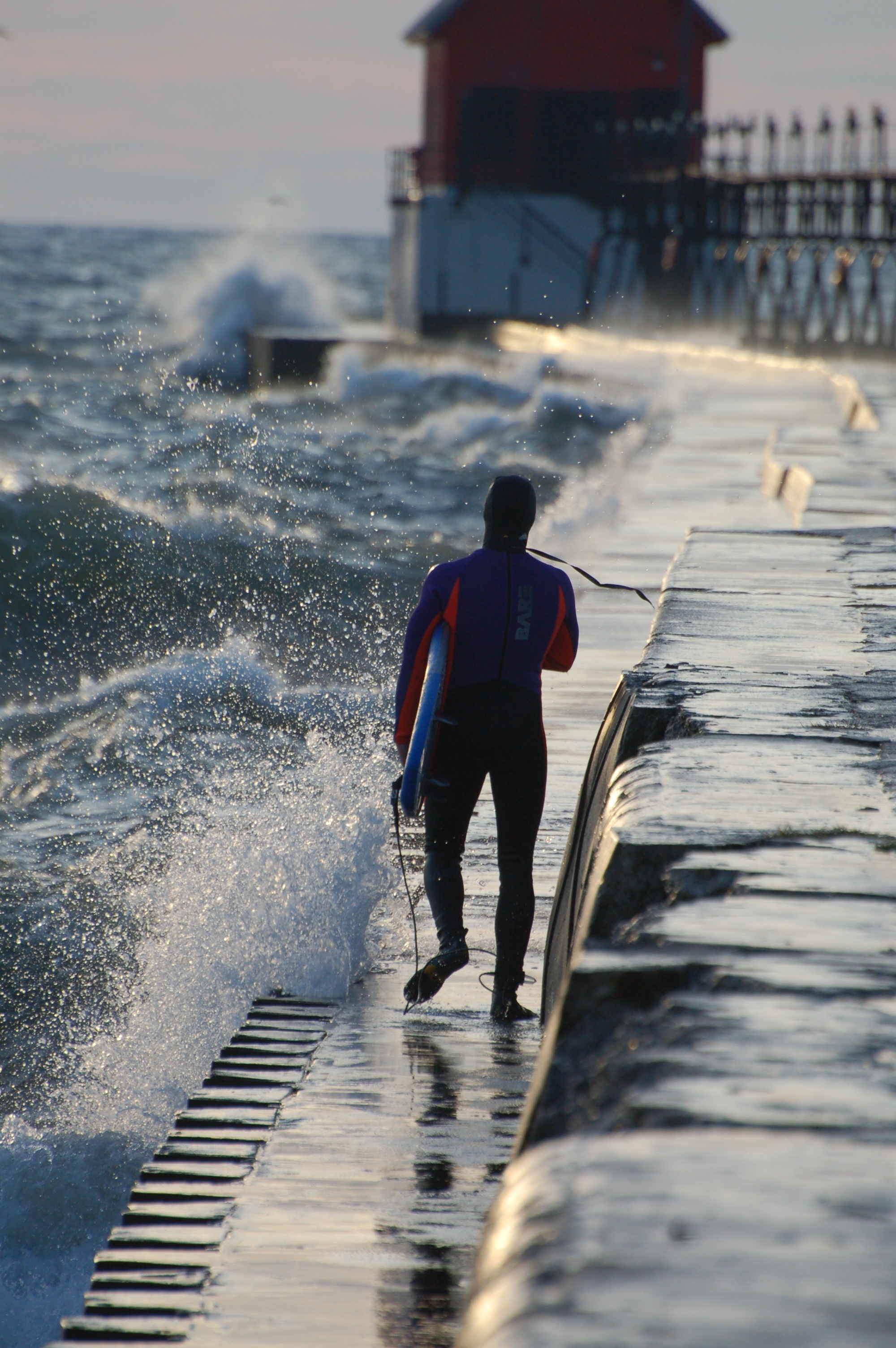Echo
Does hunting solve the equation of desperation?
|
When the number of people having trouble feeding themselves and their families increases, and the services that are instituted to help them, suffer at the same time, what I call “an equation of desperation” is created. Food isn’t really a commodity, and if it isn’t available, there certainly aren’t replacements. I mean, hell…the stuff has generated wars and caused people to do outrageous, unspeakable things. So, while we may not be to that point yet in the United States, could it get there if the system that was put in place to prevent food hardship fails? The 2010 Food Hardship report by the Food Research and Action Center recently reported nearly 20 percent of all people have trouble feeding their families on a daily basis.
